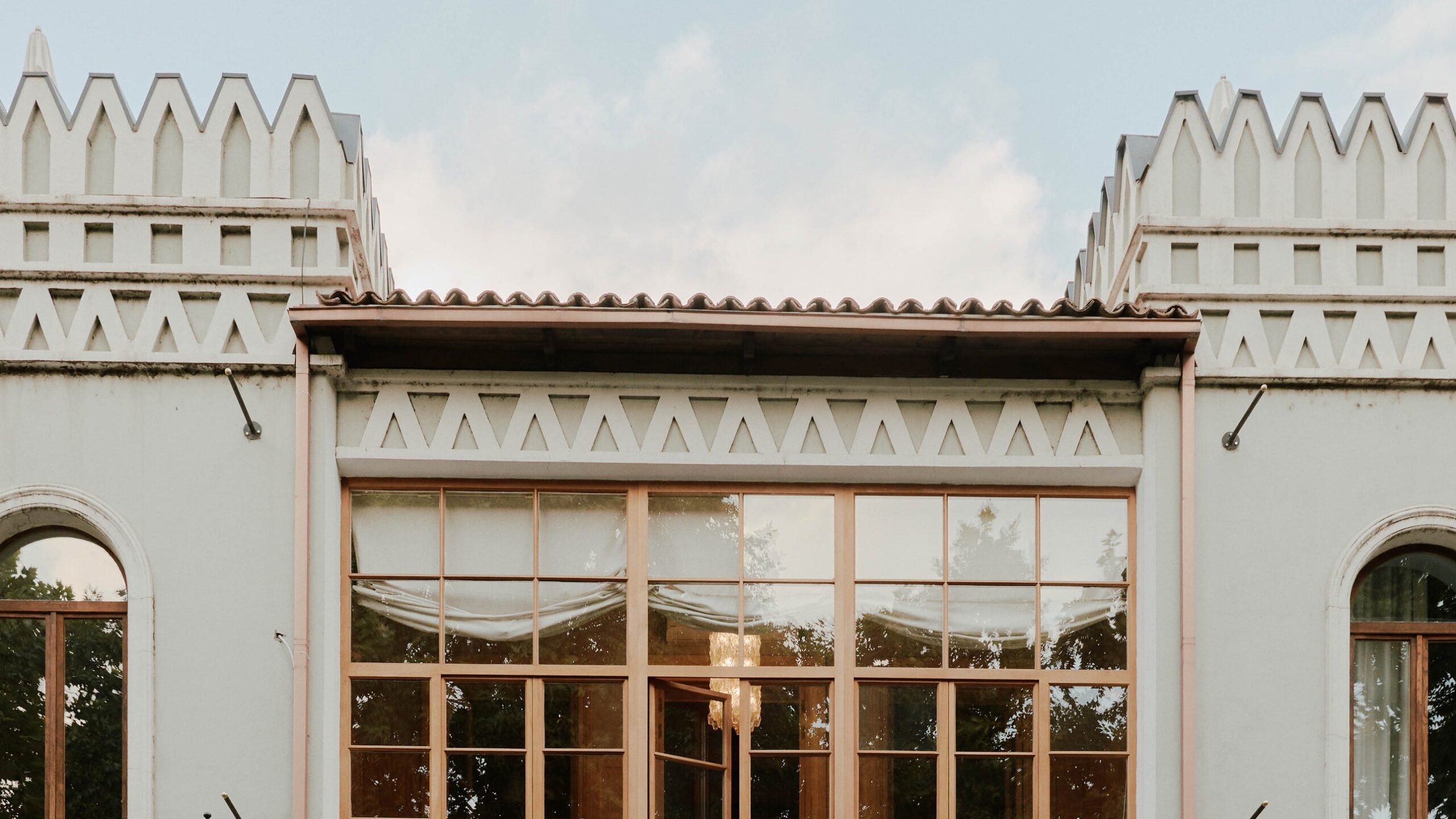“The city of Tbilisi is an eclectic mix,” says designer Tinatin Kilaberidze, explaining the architectural makeup of her hometown, where she recently returned to design a historic town house for a local entrepreneur. “Parts of the city are very old and you can see influences from Turkey and Iran. During the Russian empire, the architecture became very European—they were partial to the French style. Later, Art Nouveau and Art Deco were popular,” she adds. “There are influences from East and West.”
Like her city, Kilaberidze’s own career has a global fair. She moved from the Georgian capital to the United States in the 1990s, and for the next three decades nurtured a career designing homes across Europe and America. Her client possessed a similar story. She had lived in New York for several years but recently moved back to Tbilisi and was setting down roots in a 19th-century town house in a popular neighborhood teeming with art galleries and chic cafés—a jewel within the historically layered tapestry that is the city.
The house, on a quiet street that runs parallel to the Kura River, is particularly decadent. “You can see influences from Moorish architecture, which was influenced by the Venetians,” Kilaberidze says. The decorative façade, pointed crenellations, and Gothic-informed windows were likely inspired by the Italian city, which, like Tbilisi, was another important stop on the ancient Silk Road. But it wasn’t just the design that reminded Kilaberidze of Venice. “You can see the reflection of the river shimmering on the walls,” she recounts.
The idea of Venice quickly became a guiding force in the house. The building had other structural similarities to the floating city’s tightly clustered palazzos: It sits in the middle of a row of town houses, meaning that the floor plan extends back from the street front—and light is only able to enter from the front and rear windows. “As the light travels inwards it becomes more and more gentle and then disappears,” Kilaberidze says. “That’s why we used light colors and objects in glass. We wanted to catch the reflection of the light on the water and bring some of the brightness of outside in.” In the glassed-in loggia and adjacent living room, that effect was achieved by a 1970s Murano glass chandelier by Carlo Scarpa, a curved glass coffee table, and a sculptural sconce by master Venetian glass designer Giusto Toso from the 1960s.
In the bedroom, the designer also let the light dictate the palette. “The shimmering reflection of the river on the walls made the whole room glow a pale blue,” she says. “So I thought, This room has to be blue.” In spaces less blessed with daylight, however, she went in the opposite direction. “The bathroom is in between two rooms with only one window, so it’s very dark,” she explains. “I always like to use dark tones in dark rooms to add some drama.” Her solution was to wash the walls in a rich shade of burgundy and install blood-red marble floors. “The bathroom is very glamorous,” Kilaberidze says.









